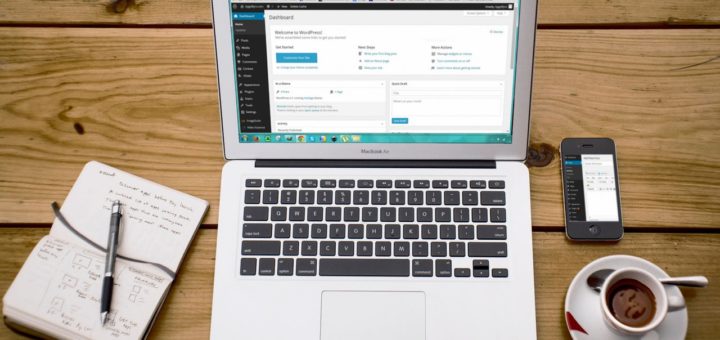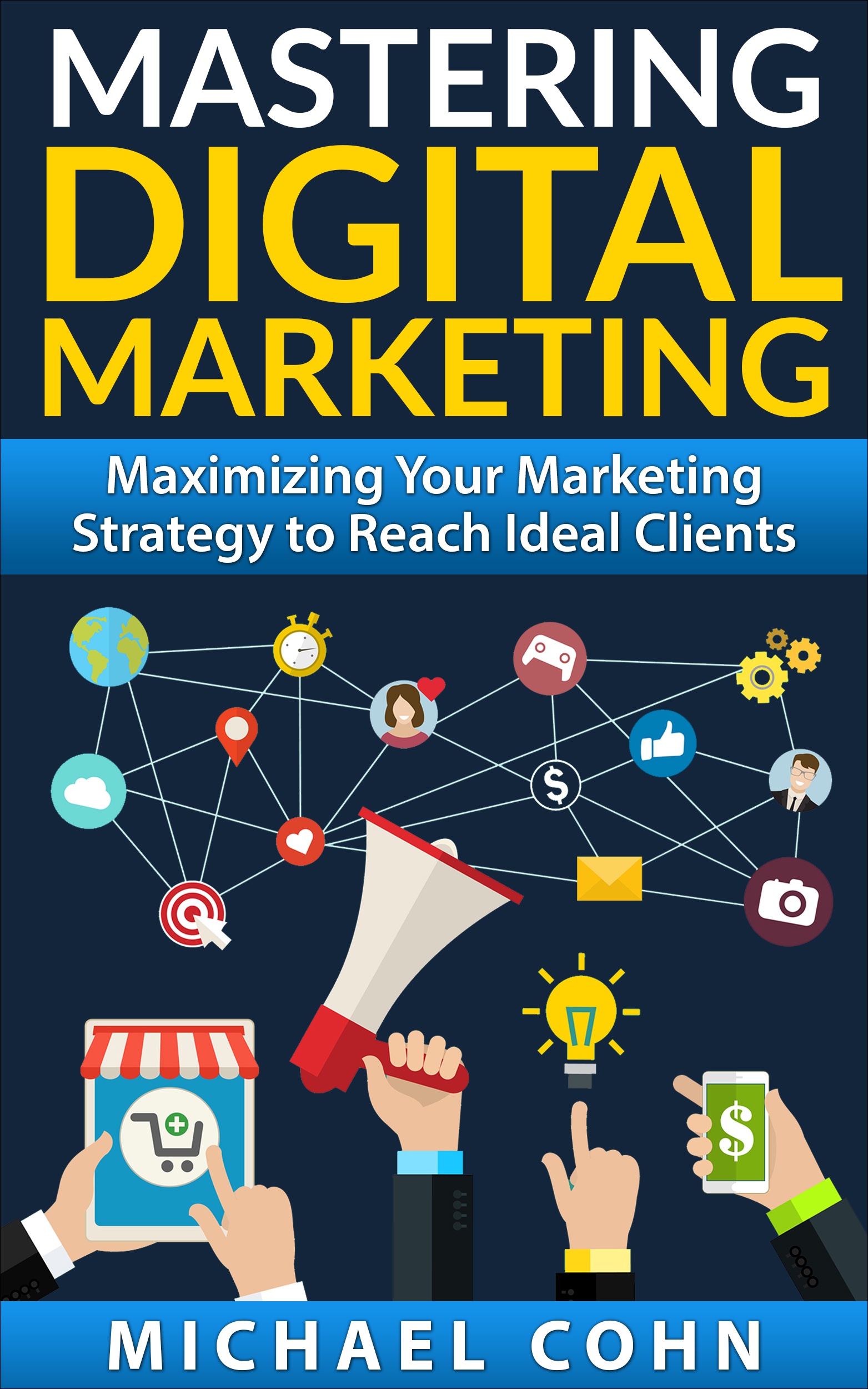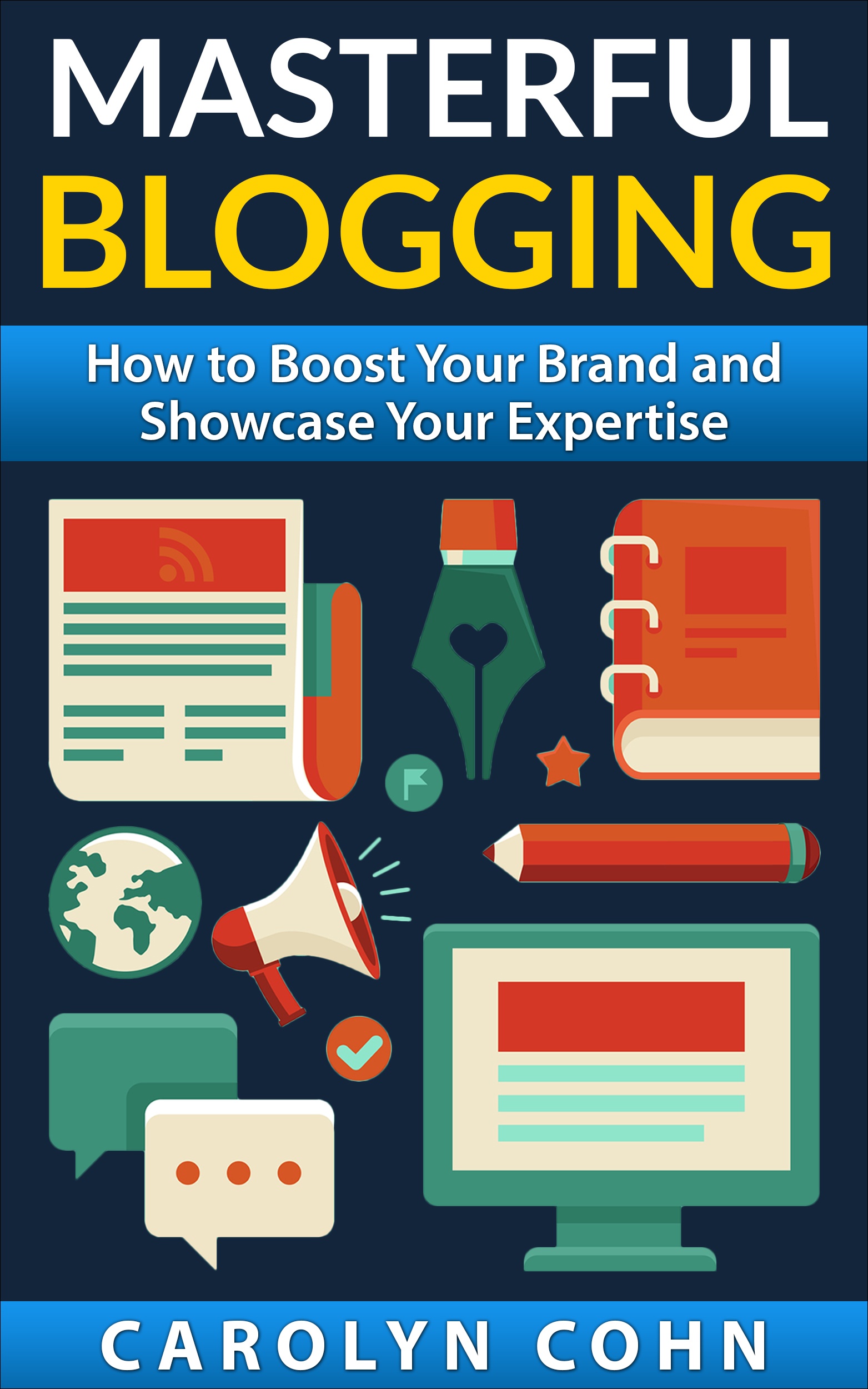Social Media Dashboards

Larger businesses may have the luxury of a a great deal of resources and money, however, many smaller, local businesses do not. Those small business still need a way of managing their social media campaigns with what is known as a social media dashboard. This is an all-encompassing, web-based monitoring tool for Facebook, Twitter, and other social networking sites that your customers and prospects are frequenting.
The social media dashboard is a critical component of your process that provides you the vital information necessary to know what is working in your methods, where your visitors are spending the most time, and which links they are using the most.
And, just as when you are in the market for a new car, some can have every feature that you want, but you know almost instantly whether or not the car is right for you. It has to appeal to many different senses and it must be appealing to the eye as well. This is something that you should consider for your social media dashboard in order to be comfortable spending time there.
Just as important as having one is having one that is inexpensive, easy to use and fully automated. So where can you find these tools?
Before jumping into that information, I wanted to point out one thing. The key to tracking is this: don’t track everything. Only track the stuff that’s important to you. Your social media dashboard is going to give you the information that you don't need in front of your face everyday; however, it is important to help you know and understand the "behind the scenes" of what is taking place on your sites.
So, to begin, you need to compartmentalize your information. Dashboards allow you to put your information into groups that are easy to look at and glance at to see if there is anything new.
Understand what you want to track.
As with most things in life, you can’t conquer what you don’t understand, or at least what you haven’t really thought about.
Simply watching your website traffic alone is not going to be an accurate representation of your overall reach and network. Simply counting the number of friends, followers, and subscribers you have won’t tell you the quality of your audience.
What you really want to measure is the quality of the visitors to your website/blog from your social media channels.
Here are the top four social media metrics you should be tracking:
- Network and Audience Size: Facebook Fans, Twitter followers, RSS Readers, Website Visitors.
- Engagement of Visitors: This includes comments, retweets, referral links, loyalty of visitors, bookmarking.
- How Much Is it Growing during certain timeframes: Number of friends and followers, looked at after 1,2, and 3 months.
- The Marketing Funnel: What is the quality of site visitors from your social networks? How much time did they spend there? What is their loyalty? What pages did they spend the most time at?
What are the specific goals for you and your company? Do you want to track how people are sharing your website? Do you want to track a specific social media campaign? Each one requires different tools and different focus.
You’re going to focus on traffic statistics if you’re tracking social media website engagement. But if you’re tracking a wider campaign, Twitter responses and positive comments might be a more appropriate number for you to know.
Here are a few of the favorites.
- Ping.fm is an old standby for many of us and is easy to use, fast, and reliable. It also confirms when a post was successfully processed.
- Google Reader is another favorite monitoring tool. It can be used with the iGoogle platform for subscribing to blog feeds, and also for subscribing to Google Alerts.
- Hootsuite is another popular dashboard. HootSuite currently supports many apps: an iPhone app, an Android app, a Blackberry app and an iPad app. Hootsuite is an evolution of Twitter management. And alongside Twitter, Hootsuite helps you manage accounts with Facebook, LinkedIn, and the ability to update a host of other social networks through Ping.fm.
There are some benefits for marketing staff monitoring the dashboard on their desktop. First, it raised their consciousness because they became aware of the massive amount of unstructured social media data that is out there. They also came to realize and understand what was being said about the company, judged whether they liked it or not—and whether or not they participated in the conversation.
It also provides an opportunity to provide immediate damage control: By allowing companies to quickly notice the most negative content with the greatest potential to do the company damage and join a conversation to present their perspective.
You could also monitor what is known as sentiment with content, which would allow you to categorize your content. It's a way to separate social media content relevant to the company into different types based on the sentiment behind it and to develop approaches for deciding whether, and how, to respond to the content. And, with these content categories, you now have the ability to monitor things such as positive or negative tweets, which is another way of measuring the effects of your marketing efforts.
Another positive attribute of dashboard monitoring is that as we all know, there is so much content out there that is mostly irrelevant, so we want to be able to share only that "key" content with a select group within the company. Therefore, when someone finds information that is relevant, they can immediately then share this item with whomever they choose. The people receiving this piece of information will also know that it has been screened by a real person, and that it is of importance, and that it will require an action.
The information here is just to give you some starting points when looking to set your own dashboard. When it comes to using social media, the list of tools is endless. It's up to you to find and decide what is best for you and your small business.
What makes any tool useful is its ability to accomplish specific objectives that will ultimately enhance your productivity.There are many companies out there that provide them, but as I stated before, you need to research them and find which one works best for you and your company.



You said a mouthful with "don't track everything, only what you need." I was so guilty of having stats on everything and it was getting ridiculous! You are right, just take what you need and leave the rest alone. Also, I like hootsuite too. Nice post!
Good Morning. I use HootSuite as my social media dashboard. I think its a great tool. I manage a fanpage for a community concert band. By using HootSuite I was able to find a story that was related.
The Honolulu Community Concert Band was supposed to perform a joint concert with the Omiya City Wind Symphony of Japan. But due to the earthquake and tsunami the Omiya group was unable to be at the concert. The Honolulu band turned the performance into a benefit concert and raised $5,000. I tracked the story and posted updates on the fanpage. This was of great interest to a lot of people. The number of page views spiked during that time.
This is one example of how useful social media dashboards can be.
You're right about how social media monitoring through dashboard programs are helping organisations to clean up social damages. I see this also a good thing for corporate organisations, if the can use the negative information from the public to improve products that better meet customers expectation.
Again, you're right "Only track the stuff that’s important to you" else use of social media dashboard tools and time input to using them would just imply an increase in the 'cost of social media technology'.
Via LinkedIn Groups
Group: MCCC – Morris County Chamber of Commerce
Discussion: Social Media Dashboards
That is a great deal of information to digest for a beginner in social media applications for business, but filled with tips on how to make it a viable business tool. As a user of Constant Contact for my customer base I'm having some trouble keeping the content fresh and timely. My struggle is topic selection. My CC recipients need exciting and useful information and I fear that I lose interest because any topic may be too narrow. I'm finding that "one size fits all" info on CC doesn't work that well because the lighting industry is exploding with information. Deciding what single topic will work for 1,000 different readers is a major challenge.If I am hearing this correctly, social media allows for multiple topics to be addressed simultaneously and while it sounds time consuming I see social media as the next phase of growth for me in reaching my audience.
Posted by Roger Dann
Via LinkedIn Groups
Group: Writers World
Discussion: Social Media Dashboards
In UK there are companies offering training in this field to small enterprises. Surely in a place as ahead of the curve as New York there are similar organisations? If not, and you know something about it, there's a golden opportunity for you.
Posted by Ian Mathie
Thank you for enjoying this Blog …If you want more information please contact me…… Thank You … Marco
I disagree with the statement about not tracking everything. Automation is essential to any tracking effort. Without automation you'd be forced to pick and choose – that's true. With a decent methodology and strong automation tools you should be able to collect and store EVERYTHING – every data point. Storage space is cheap relative to the answers the data might yield tomorrow. The challenge comes in when its time to design a dashboard view, drawing upon that basin of data that's been slowly gathering. Without strong database and programming skills I don't know how anyone would ever want to aggravate themselves and suffer the errors and inaccuracies of non-automated tracking – especially if the data is being drawn from multiple sources manually.
Via LinkedIn Groups
Group: Social Media for the Blogger
Discussion: Social Media Dashboards
Thanks for sharing that. That is so useful. It's good to read useful content that is not selling something. Thanks again, Paul
Posted by Paul Forrest
Via LinkedIn Groups
Group: CXO Community (Exclusively for CEO, COO, CFO, CIO, CTO, CKO, CMO, CAO, CVO, CRO, CLO, CSO, and CDO)
Discussion: Social Media Dashboards
Thats a very useful information. No doubt Social Media Dashboards help to manage the campaigns. I always recommend starters to adopt this strategy from the beginning.
Well tracking only what we need is the best approach at first place…
Posted by Al Smith
Via LinkedIn Groups
Group: CXO Community (Exclusively for CEO, COO, CFO, CIO, CTO, CKO, CMO, CAO, CVO, CRO, CLO, CSO, and CDO)
Discussion: Social Media Dashboards
Are we talking about applications like Hootsuite?
Posted by Chet Holly
Via LinkedIn Groups
Group: Reputation 2.0
Discussion: Social Media Dashboards
I think your statement is true, but the real fact is that the tools to monitor social media are actually *easier* for smaller businesses that have one or two decision makers.
Like many great business assets, the big challenge is taking action on available information. In larger groups the information is simply locked up with politics and process issues. In small business the information becomes burdened by failing to have any process in place.
Posted by Barry Hurd
Hi Marco,
For those of us in the business intelligence field, a dashboard is something used to display key information which decision makers can use to evaluate the effectiveness of their tactics. And, a dashboard is designed to show only important information (things you need to know). I think that, in the social media space, the word "dashboard" has been hijacked by social media software vendors that really provide "portals", not "dashboards." Portals are websites that serve as a central location where a person can see and do many different things from the same page, like Yahoo and Hootsuite. A Dashboard, as opposed to a portal, brings together from various sources and displays performance data in terms of metrics and trends about kpi's (key performance indicators). By tracking the changes in key performance indicators like visits, visitors, time on site, pages per visit, audience size, engagement over time, marketers can determine which tactics are working and which are not, then make adjustments. 
Thanks for your time and for posting this article, I look forward to your perspective and response to my portal vs. dashboard contentions.